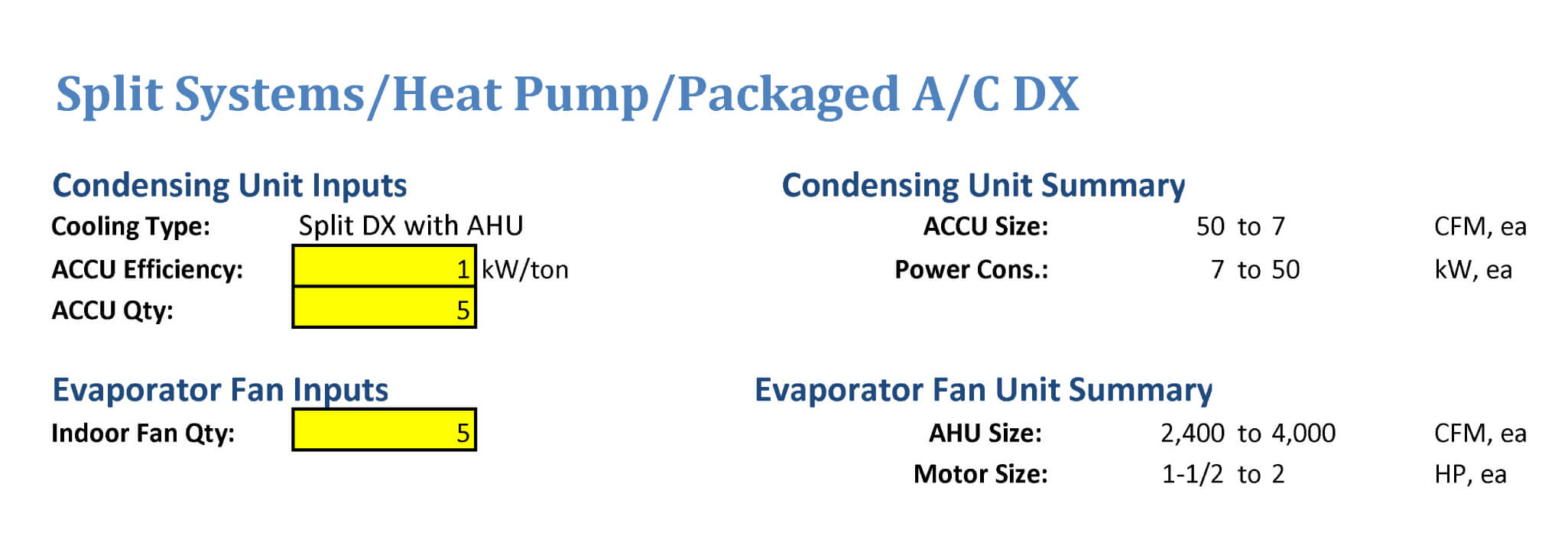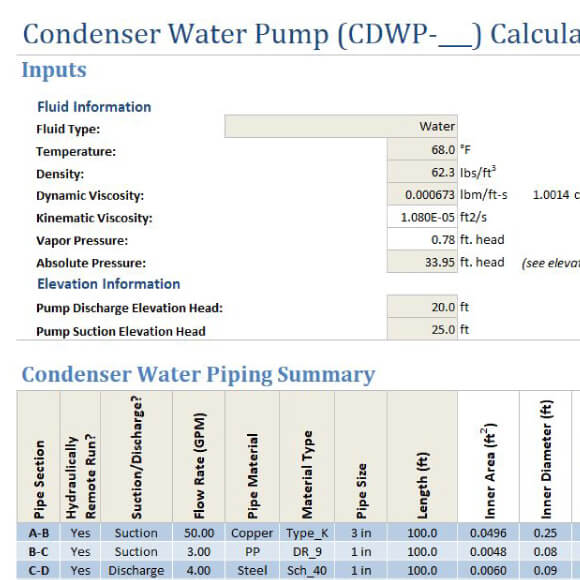


Thus some type of average temperature difference is needed. For heat exchangers, there are always two fluids involved, and the temperatures of both are changing as they pass through the heat exchanger. The driving force for a heat transfer process is always a temperature difference. The Log Mean Temperature Difference, ΔT lm, for a Heat Exchanger Design Spreadsheet Each of those parameters will be discussed briefly in the next three sections. ΔT lm is the log mean temperature difference in oF, (K for S.I units) calculated from the inlet and outlet temperatures of both fluids.įor a heat exchanger thermal design calculations spreadsheet, the heat exchanger equation can be used to calculate the required heat exchanger area for known or estimated values of the other three parameters, Q, U, and ΔT lm.A is the heat transfer surface area in ft 2 (m 2 for S.I.U is the overall heat transfer coefficient in Btu/hr-ft 2– oF (kJ/hr-m 2-K for S.I.Q = the rate of heat transfer between the two fluids in the heat exchanger in But/hr (kJ/hr for S.I.

The basic heat exchanger design equation is: Q = U A ΔT lm, where: The Basic Equation for a Heat Exchanger Thermal Design Calculations Spreadsheet

Read on for information about the use of a heat exchanger design thermal design calculations spreadsheet for a double pipe heat exchanger. Where to Find a Heat Exchanger Thermal Design Calculations Spreadsheetįor a double pipe heat exchanger thermal design calculations spreadsheet, click here to visit our spreadsheet store.


 0 kommentar(er)
0 kommentar(er)
